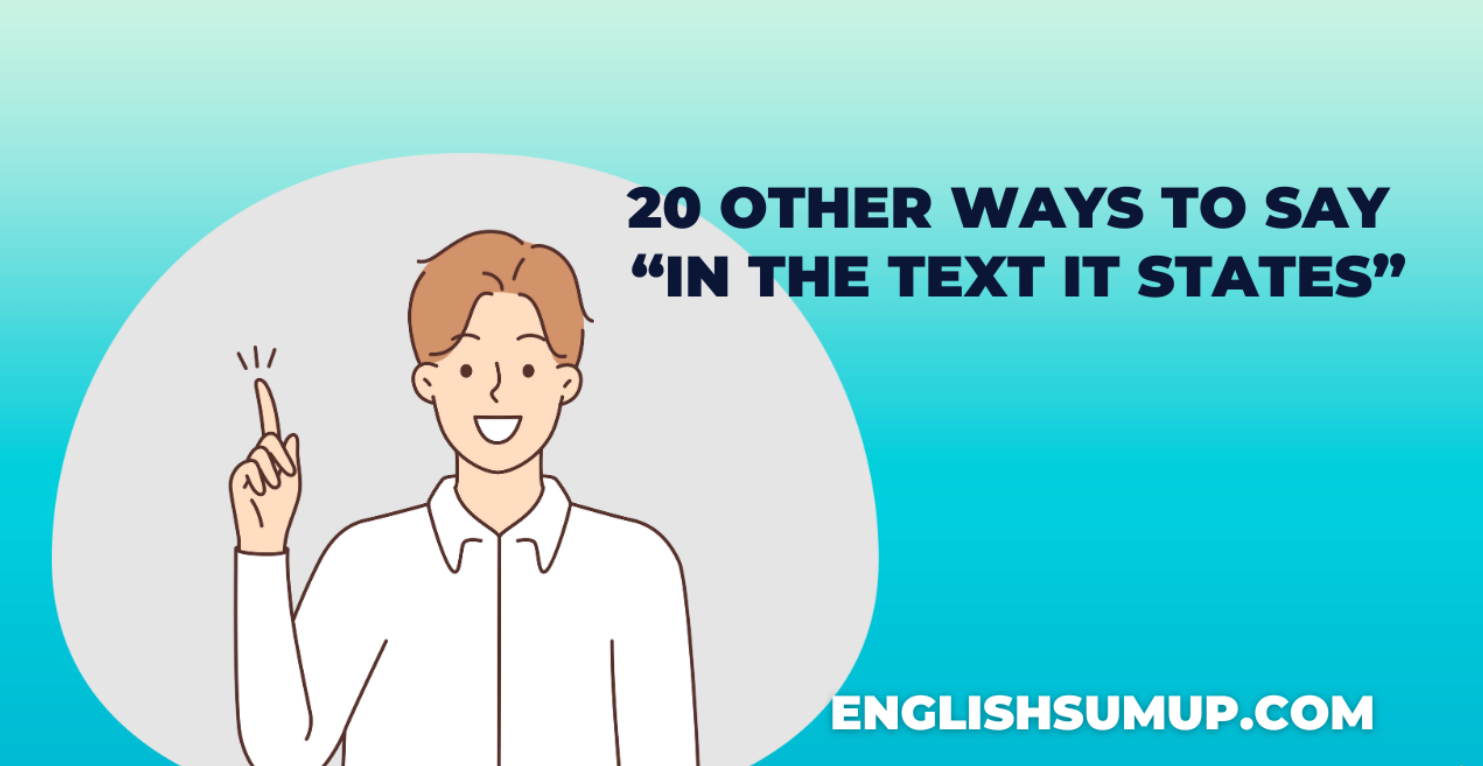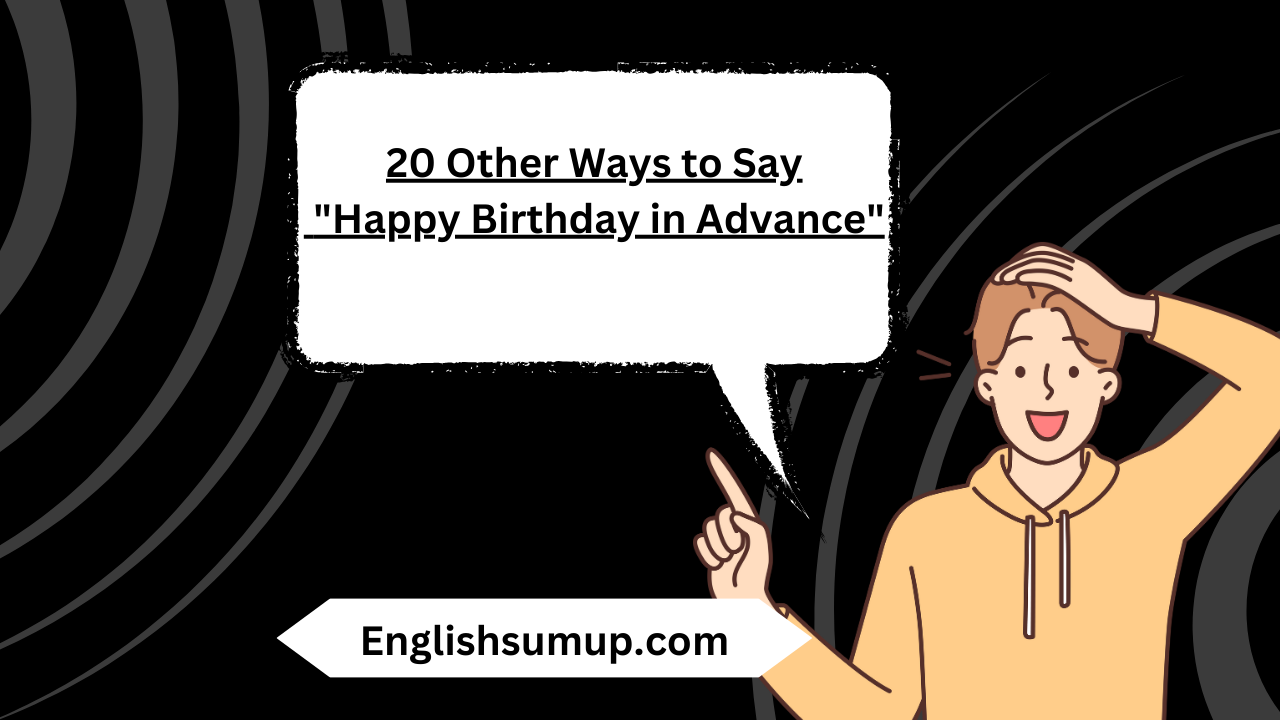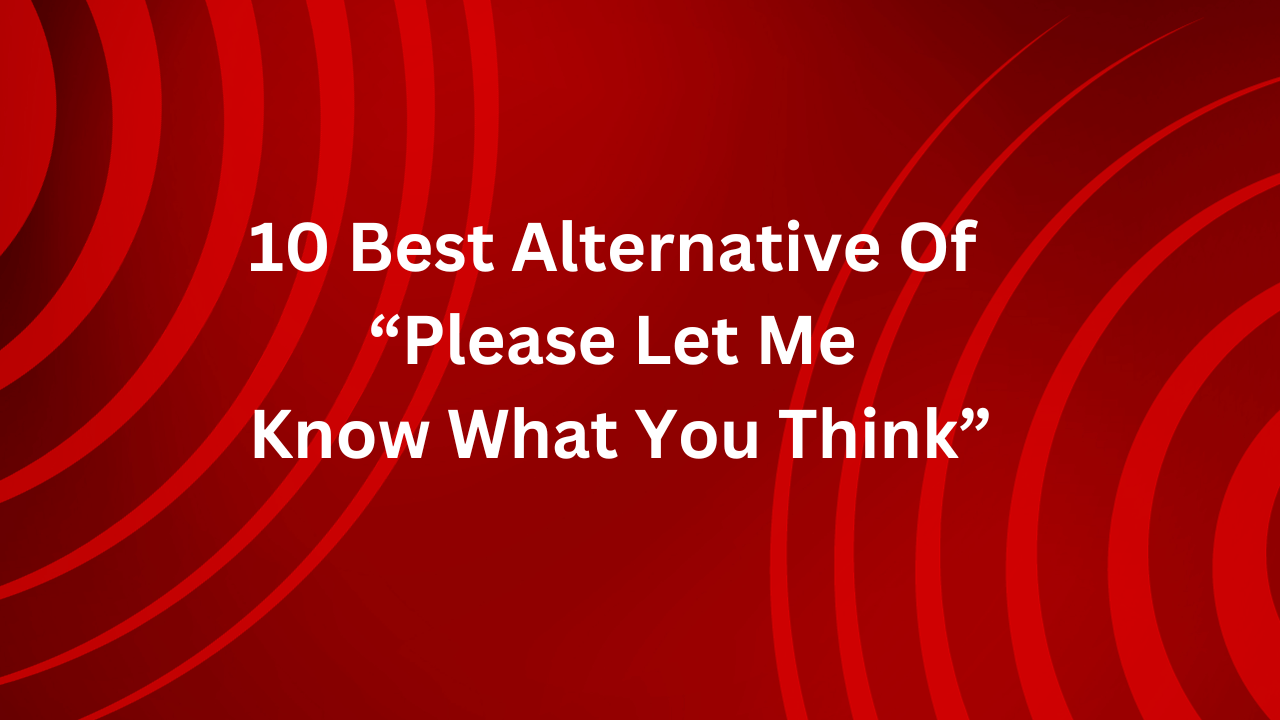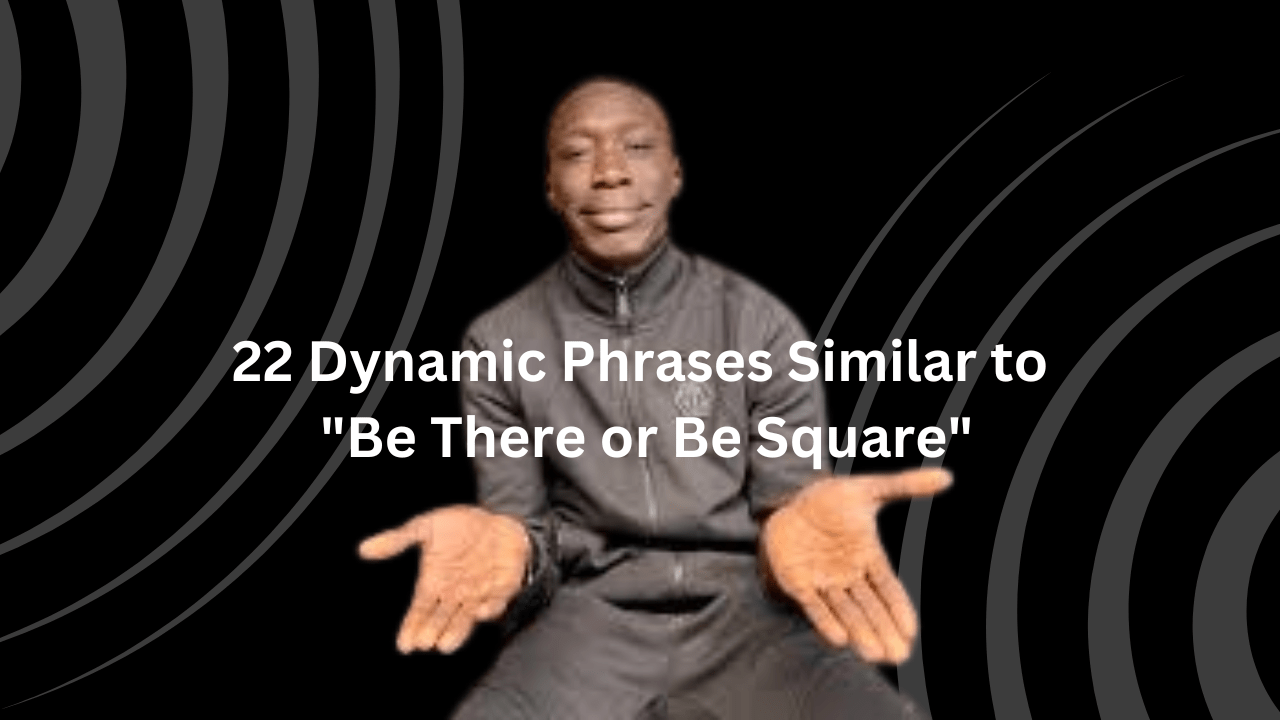When we communicate ideas or refer to specific information in writing, we often use phrases like “in the text it states” to introduce cited material. However, repetitive use of this phrase can make writing appear dull and monotonous. To enhance the richness of our language and make our writing more engaging, it’s beneficial to explore alternative ways to convey the same meaning. This article aims to introduce you to 20 synonyms for “in the text it states,” explaining each one with examples to illustrate their usage.
Why Should We Say This?

Using a variety of expressions to indicate quoted material or information from a text not only enhances the readability of our writing but also demonstrates our command over language. Employing synonyms adds nuance and clarity, preventing our writing from becoming stale or repetitive. Moreover, varied expression can cater to different contexts and audiences, ensuring our message is conveyed effectively.
Pros:
- Enhances readability and engagement.
- Demonstrates language proficiency.
- Provides flexibility in expression.
- Suitable for different writing styles and tones.
Cons:
- Overuse of synonyms can also appear forced or unnatural.
- Requires careful selection based on context.
- Some synonyms may not be universally understood.
You may love this one: 20 Other Ways to Say “Quick Learner”
List of Synonyms of “In the Text It States”
- According to the text
- As stated in the text
- According to the passage
- Per the text
- As mentioned in the text
- In accordance with the text
- In the words of the text
- As the text indicates
- In the text, it is mentioned that
- The text reveals that
- The text asserts that
- The text notes that
- The text specifies that
- The text declares that
- The text points out that
- The text emphasizes that
- The text states that
- The text conveys that
- The text illustrates that
- The text highlights that
According to the text:
This means the information you’re talking about comes directly from the reading material you’re referring to. It’s like saying, “Here’s what the book or article says.”
Example: According to the text, the story says the princess rescued the dragon instead of the other way around.
As stated in the text:
This is similar to “according to the text.” It’s used when you want to point out exactly what the book or article says without changing it.
Example: As stated in the text, the recipe calls for two cups of flour and one cup of sugar.
According to the passage:
This means the information is found in a specific part of the reading, like a paragraph or chapter. It’s used to show where exactly you found the information.
Example: According to the passage, the main character in the story decided to go on an adventure after finding an old map.
Per the text:
This is a shorter way of saying “according to the text.” It’s used when you want to mention something directly from what you’ve read.
Example: Per the text, the dog in the story can talk to other animals.
As mentioned in the text:
This means the information has already been talked about or written about in the reading material. It’s like saying, “The book or article already told us this.”
Example: As mentioned in the text, the scientist discovered a new kind of plant in the jungle.
In accordance with the text:
This means something matches up or agrees with what the text says. It’s used to show that your statement follows what’s written.
Example: In accordance with the text, the rules of the game say players must take turns.
In the words of the text:
This means you’re using the exact words from the reading material. It’s like quoting directly from the book or article.
Example: In the words of the text, “The cat chased the mouse around the garden.”
As the text indicates:
This means the text shows or suggests something. It’s used when you want to point out what the reading material is hinting at or suggesting.
Example: As the text indicates, the map leads to a hidden treasure buried under an old oak tree.
In the text, it is mentioned that:
This means the reading material specifically talks about something. It’s used to say, “The book or article talks about this part.”
Example: In the text, it is mentioned that the prince and princess lived happily ever after.
The text reveals that:
This means the reading material shows or uncovers something new. It’s used when you want to say, “Here’s what we learned from reading.”
Example: The text reveals that the secret to the magic potion is mixing three rare herbs together.
The text asserts that:
This means the reading material strongly states an idea or belief. It’s used when you want to emphasize what the book or article is saying.
Example: The text asserts that everyone should be kind to others, no matter what.
The text notes that:
This means the reading material points out or mentions something important. It’s used when you want to highlight a specific detail.
Example: The text notes that the planet Saturn has beautiful rings made of ice and dust.
The text specifies that:
This means the reading material gives exact details or instructions. It’s used when you want to point out something specific.
Example: The text specifies that you should bake the cake at 350 degrees Fahrenheit for 30 minutes.
The text declares that:
This means the reading material states something in a clear and official way. It’s used when you want to say, “Here’s what the book or article says definitively.”
Example: The text declares that the capital of France is Paris.
The text points out that:
This means the reading material draws attention to something specific. It’s used when you want to highlight what the book or article is showing.
Example: The text points out that the tallest mountain in the world is Mount Everest.
The text emphasizes that:
This means the reading material gives extra importance to something. It’s used when you want to say, “Here’s what the book or article thinks is really important.”
Example: The text emphasizes that studying hard is the key to doing well in school.
The text states that:
This means the reading material says something directly. It’s used when you want to point out what the book or article states as a fact.
Example: The text states that dolphins are very intelligent creatures.
The text conveys that:
This means the reading material communicates or shows a particular idea or feeling. It’s used when you want to say, “Here’s the message that the book or article is sending.”
Example: The text conveys that friendship is more important than winning.
The text illustrates that:
This means the reading material gives an example or shows how something works. It’s used when you want to explain something by showing an example.
Example: The text illustrates that plants need sunlight, water, and soil to grow.
The text highlights that:
This means the reading material focuses on or draws attention to something important. It’s used when you want to say, “Here’s what the book or article thinks is really worth noticing.”
Example: The text highlights that recycling helps protect the environment.










